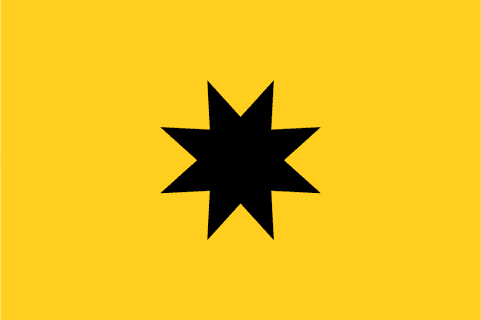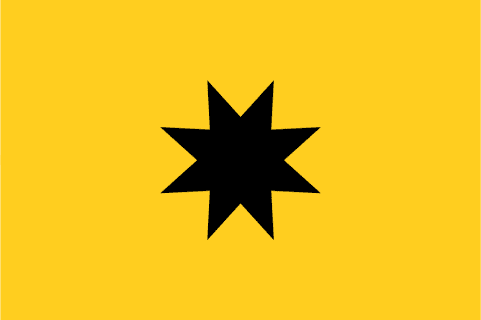Nofollow is important for search engine optimisation as it proves to search engines that they are not selling influence or are involved in schemes deemed as unacceptable SEO practices.
By attaching a nofollow tag, you are essentially telling search engines to ignore this link. Historically, nofollow links did not pass link juice. As such, if a website linked to you, but nofollowed that link, you would not expect to see the rankings of your linked to page to improve.
Does Google still pay attention to nofollow links?
However, in late 2019 Google announced that they do now pay attention to nofollow links, considering them as ‘hints’. Anecdotally, at Go Up we’ve definitely seen a strong correlation between nofollow links and a website’s rankings in the past few years.
For example, on a number of occasions we’ve notice that clients as well as ourselves have received a nofollow link from a high authority source, that no other changes were made to the site at the same time, and no other major links were received, and yet the site’s rankings improved markedly. This shows a strong connection between the nofollow link and the website’s improved ranking, leading us to believe that nofollow links are now more valuable than even Google might have you believe with their ‘hints’ announcement.
Nofollow tags were introduced to HTML in 2005 by Google, Yahoo and Microsoft, primarily to help prevent comment spam in blogs. They aimed to make the lives of spammers more difficult, so that when they spammed blogs and forums with unwanted links in the comments section (a standard spam tactic), it would not affect the ranking of a site. Prior to nofollow, preventing robots from following individual links on a page required a great deal of effort.
Matt Cutts, former head of the web spam team at Google, said at the time: “The nofollow tag allows a site to add a link that abstains from being an editorial vote. Using nofollow is a safe way to buy links, because it’s a machine-readable way to specify that a link doesn’t have to be counted as a vote by a search engine.”



